Last week, Huawei brought 16 journalists to Europe to tour their facilities. The first stop was the company's flagship store in Milan. The next stop on the journey was Wetzlar, Germany, where we got to tour Leica's facilities. After that was Huawei Aesthetics in Paris.
If you've ever owned a premium Huawei handset, then you know that they've been using Leica-certified lenses for the last few years, and they take phenomenal photos because of it. Even the monochrome element of the dual-lens configuration is better than devices that aren't using Leica.
As something of a smartphone camera geek, this was definitely the best part of the trip for me.

There are a number of things that you'll notice about the building. For one thing, the windows around the sides are meant to represent a strip of theme, and in fact, the whole building is designed like a camera.
Another thing about this place is that it's in the middle of nowhere, and there's good reason for that. An older Leica factory was near a train track, so when the train would come through, the vibrations would cause problems for the lens manufacturing process.
The complex cost €56 million to build.
Around the facility, there are quite a few photos taken with Leica cameras on display, just as you'd imagine. For example, the famous Che Guevara photo is the most reproduced image in the world, and it was taken with a Leica camera.
There's also an image taken in 1914, and the big deal about that was that it captured people walking down a sidewalk. At the time, regular cameras required exposure times of nine minutes, so it was impossible to capture motion. In fact, that's why people weren't smiling in old photos, because they'd have to hold that smile for a full nine minutes.

Make sure to check out the gallery below for more images. Our guide also pointed out some other iconic images, such as Muhammad Ali, where the photo is focused on his fist. The photographer said that since his fist is his tool, it should be in focus.
And then there's the iconic photo from the Vietnam War, showing a naked girl, burned by napalm, running from the attack. The photo surely showed the terror of the war, and it changed the public perception of the war when the New York Times published the photo on its front page, risking their jobs by breaking the rules of not being able to have a naked person in a newspaper.
After that, we got to see some of the Leica cameras that were milestones for the company. In fact, these are on display all over the place.
Along with Leica's rich history, we also got some insight into the company's manufacturing process. The tour provides a demo for how lenses are made, and the incredible amount of effort that the process takes.
While spherical lenses are relatively easy to create, the real challenge is in aspherical lenses. These can take between four and 12 hours to make. Leica says that it goes through 8,200kg of glass every year to build these. There are 15 different types of glass, some of which is hard, and others are soft enough to scratch with your fingernail.
At the next stop on the tour, we actually weren't allowed to take any pictures or video. This is because the machines that they use are top secret, and even the people that use them might not know how they work.
And then there's the Leica hall of fame. This area shows even more iconic images that were taken with Leica cameras.

That concluded the tour of Leica's facilities, and after that, we were off to recreate the first ever Leica photograph, which was first taken by Oscar Barnack in 1913. Of course, we did it with the monochrome lens on the Huawei P20 Pro. Can you tell the difference?
After that, the next stop on our journey was Paris, where we got to check out Huawei Aesthetics.
















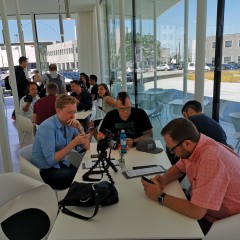

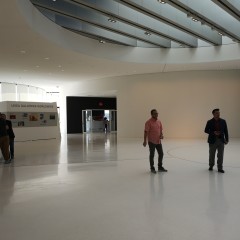
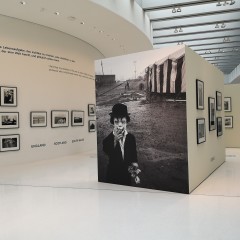
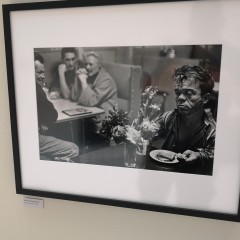


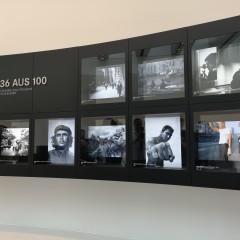
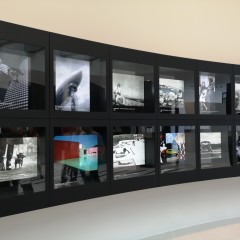



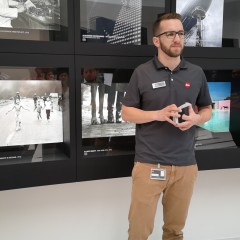

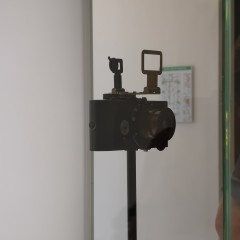
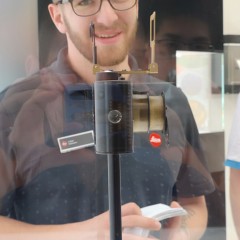
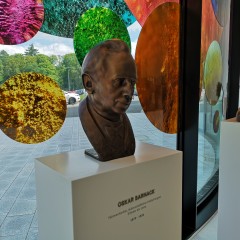

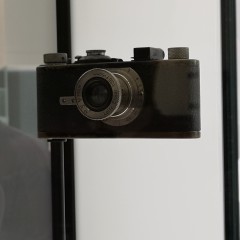
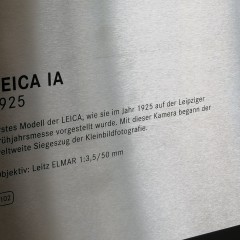
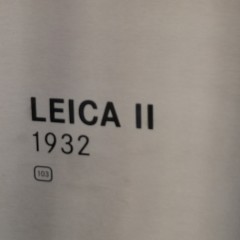
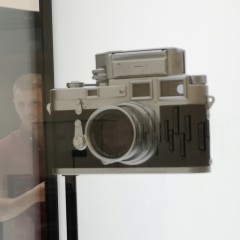
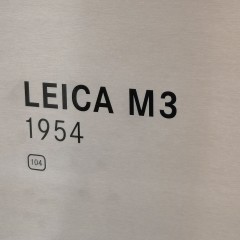


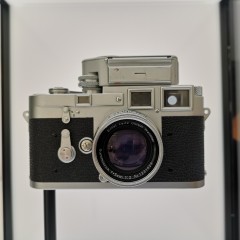
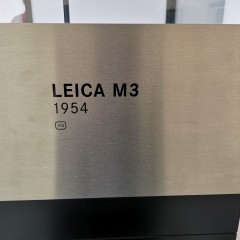
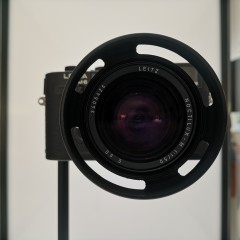
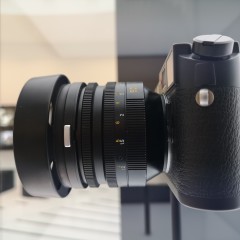


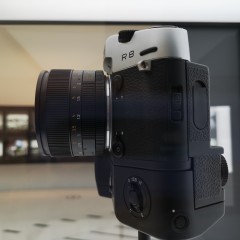

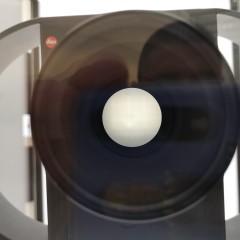
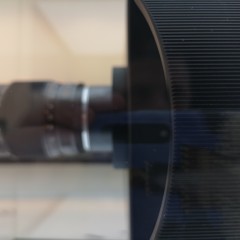


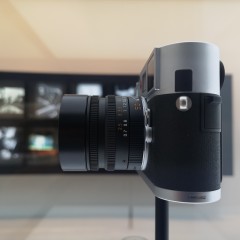
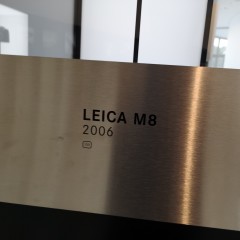

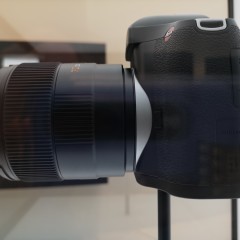
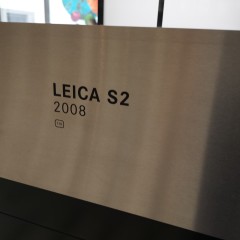
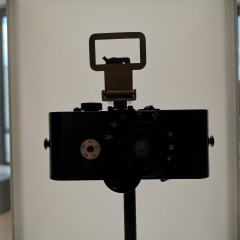
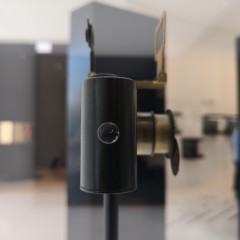
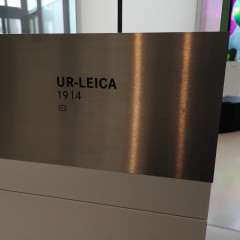
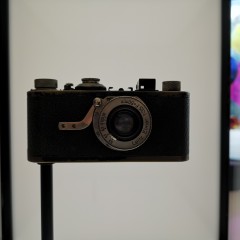


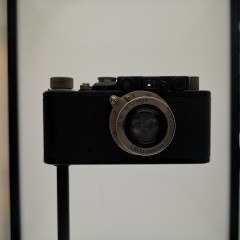


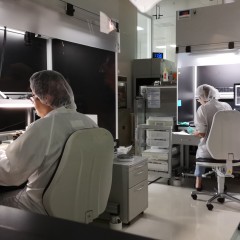


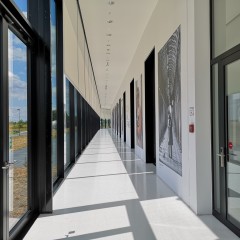
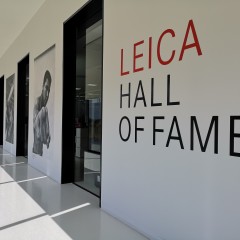
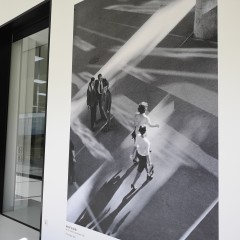
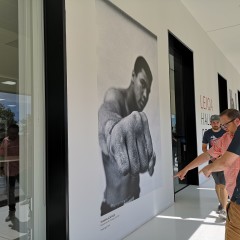

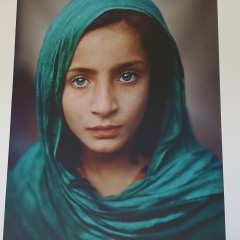
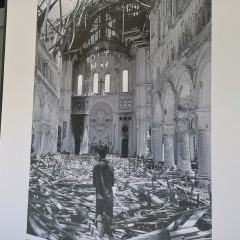

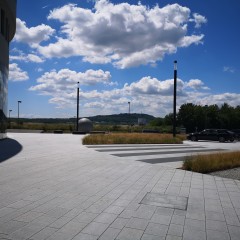
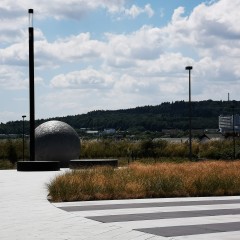
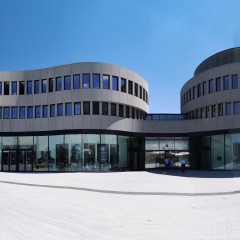
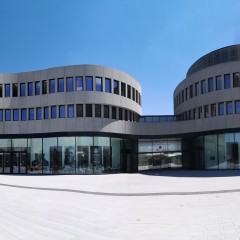

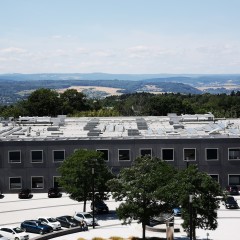

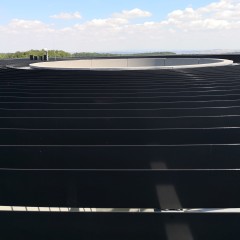
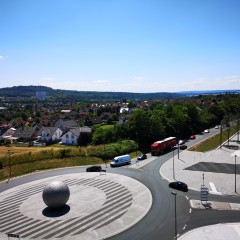

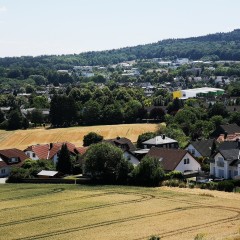



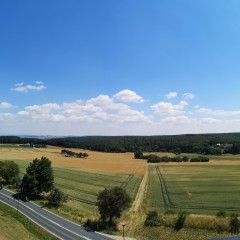
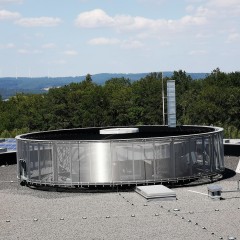

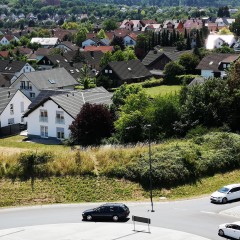
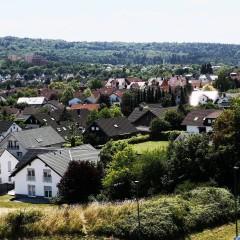
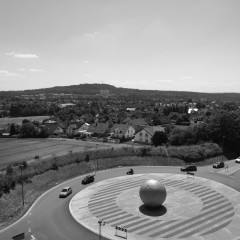


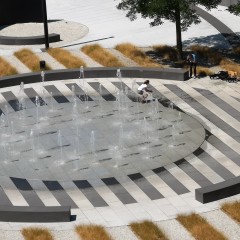
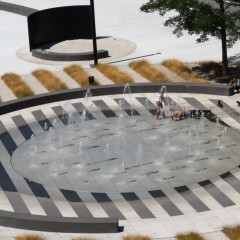
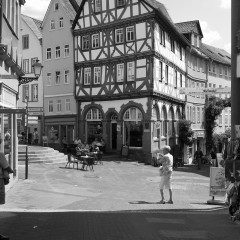
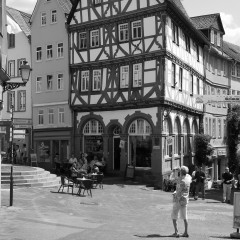
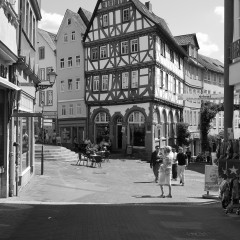
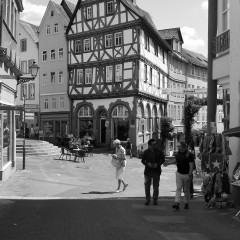











1 Comment - Add comment